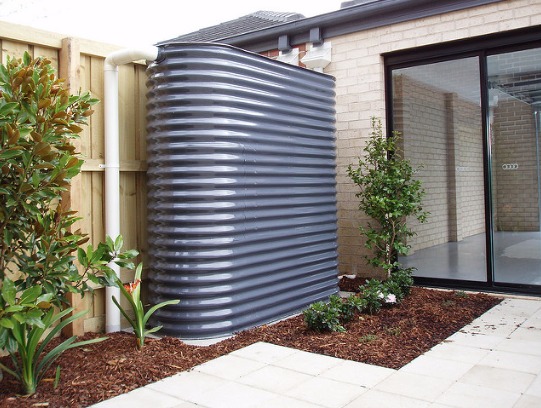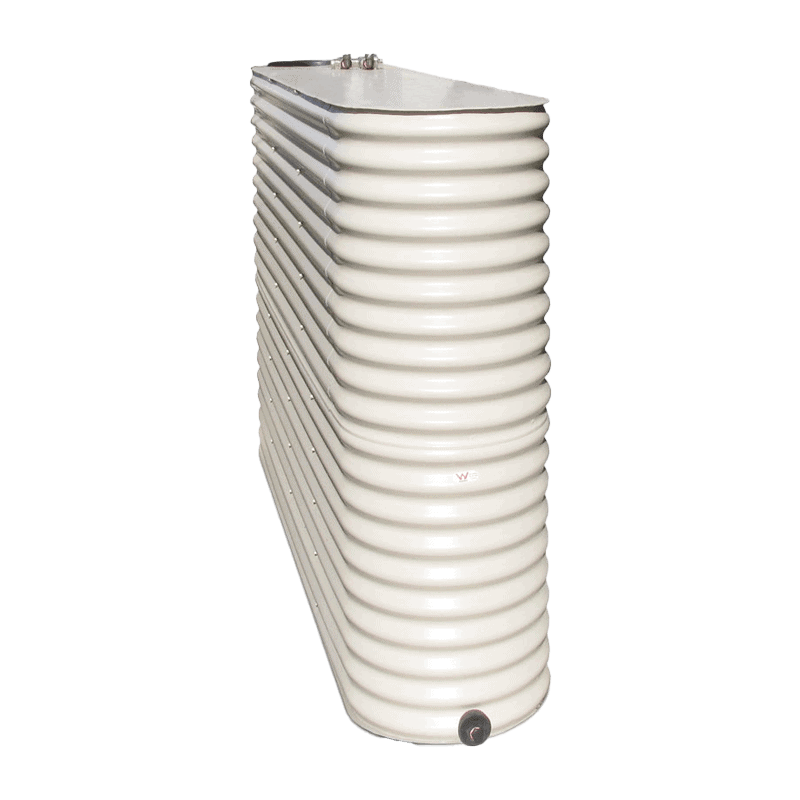Slimline Water Tanks: Space-Saving Solutions for Tiny Properties
Wiki Article
Understanding the Importance of Rain Tanks in Drought-Prone Regions for Water Protection
In regions vulnerable to long term droughts, the role of rainwater containers in bolstering water safety is a topic of expanding significance. As communities grapple with the challenges of water shortage, understanding the importance of these containers goes beyond mere collection of rain. Rainwater storage tanks function as an important device in minimizing the effect of water shortages by offering a lasting source of water for different needs. However, truth value of rain tanks prolongs much beyond plain storage; it includes resilience-building actions and the promo of long-term water conservation strategies. This multifaceted technique to water safety and security warrants a better evaluation of the function rainwater tanks play in guaranteeing a reliable water system during times of drought.Advantages of Rainwater Containers
Utilizing rain storage tanks offers a sustainable option for boosting water supply and improving water security in household and business settings. One of the key benefits of rainwater tanks is their capacity to minimize dependency on keys water system. By capturing and keeping rain that drops on roofs, this alternative source can be used for various non-potable purposes such as irrigation, flushing toilets, and cleaning clothing. This not just conserves cured drinking water however additionally decreases water bills for individuals.
Rainwater Harvesting Methods
Rain collecting techniques incorporate a variety of methods designed to effectively accumulate and save rainwater for numerous purposes, contributing to water conservation and sustainability. One typical strategy is the installation of roof catchment systems, where rain is accumulated from the roofing of a structure and guided to a tank. This method is fairly basic and cost-effective. Another prominent method is making use of above-ground or below ground storage tanks to save rainwater for later use. These tanks can be found in different dimensions and materials to suit various requirements and can be linked to the existing pipes system for easy access.
Additionally, rainfall yards and absorptive pavements are ingenious strategies that involve landscaping or paving surfaces in such a way that permits rainwater to percolate into the ground, replenishing groundwater books. Additionally, contour farming and terracing are agricultural techniques that aid catch rainwater and prevent soil erosion in uneven surface. By carrying out these varied rainwater harvesting methods, communities can enhance water safety and durability in drought-prone areas while advertising lasting water management methods.
Relevance of Water Safety And Security
Ensuring trustworthy accessibility to clean and adequate water sources is vital for sustaining human health, financial advancement, and ecological health. Water safety is a vital aspect of societal resilience, particularly in areas at risk to droughts and water scarcity. Ample water security includes various dimensions, consisting of accessibility, high quality, and accessibility of water for residential, agricultural, industrial, and environmental requirements.Water protection plays a critical duty in advertising public wellness by decreasing the frequency of waterborne diseases and ensuring cleanliness centers. Financially, water protection is crucial for farming productivity, commercial operations, and general financial development. his response Slimline water tanks. Water safety and security is carefully linked to ecological sustainability, as it supports ecological communities, biodiversity, and overall environmental balance.
In drought-prone regions, water protection comes to be even much more critical because of the heightened threat of water shortages. Carrying out approaches like rainwater harvesting, water recycling, and effective water management methods can dramatically boost water security in these areas. By focusing on water protection, neighborhoods can better stand up to the impacts of environment change, population development, and other difficulties that intimidate water availability.
Enhancing Water Resilience
With enhancing international water challenges, constructing strength in water supply has come to be a vital focus for lasting advancement initiatives. Enhancing water resilience involves implementing techniques to ensure water schedule and top quality despite altering ecological conditions, such as dry spells, floods, and contamination.One trick facet of enhancing water resilience is promoting using rain containers in drought-prone areas - Slimline water tanks. Rain tanks function as a reliable ways of capturing and keeping rain for later use, reducing dependence on limited freshwater sources during completely dry durations. By incorporating rain harvesting systems right into water management plans, areas can enhance their capacity to hold up against water deficiency and keep water security

Sustainable Water Conservation
In the middle of intensifying water difficulties, the prudent management of water sources through lasting conservation click resources methods is critical for making certain click here for more lasting environmental stability and social wellness. Lasting water preservation entails the efficient use of water resources to satisfy existing demands without endangering the capability of future generations to meet their very own demands. By applying strategies such as rain harvesting, greywater recycling, and water-efficient technologies, communities can minimize water wastage and ease stress on freshwater resources.Moreover, sustainable water conservation practices contribute to ecosystem wellness by preserving sufficient water degrees in rivers, lakes, and wetlands, supporting biodiversity, and protecting natural habitats. These practices additionally play a critical role in mitigating the effects of climate modification by assisting to adapt to altering rainfall patterns and water schedule.

Conclusion
To conclude, rainwater storage tanks play a vital duty in enhancing water safety and durability in drought-prone regions. By utilizing rainwater harvesting techniques, neighborhoods can reduce their dependence on conventional water sources and promote sustainable water conservation methods. This not only aids alleviate the impacts of water shortage throughout dry spells however additionally contributes to long-lasting water safety and resilience despite environment adjustment obstacles.Report this wiki page